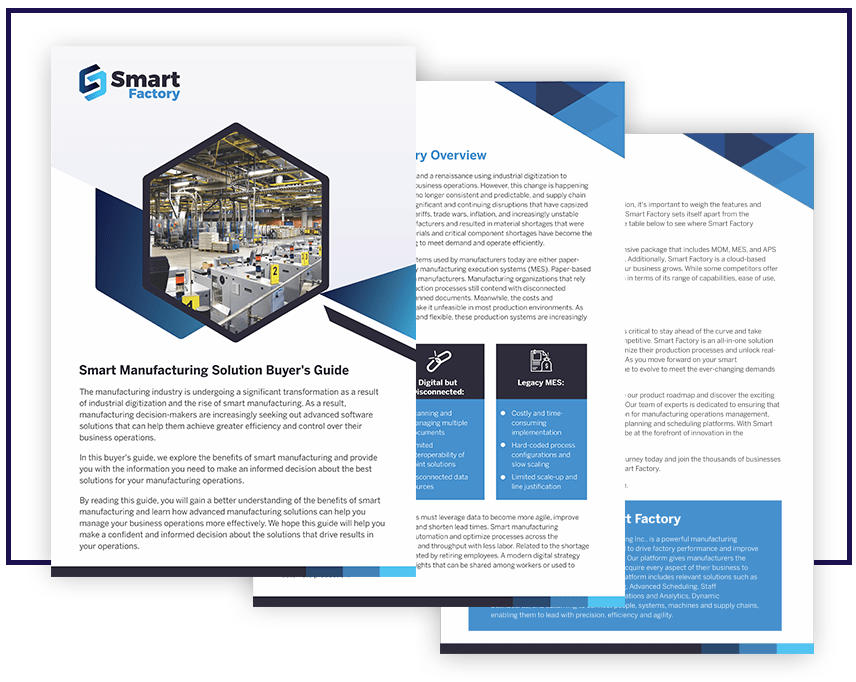What is Enterprise Asset Management?
How are EAM Systems Operated?

Gather and keep asset data on the cloud
Utilize the cloud's agility to gather and monitor asset data in a single, centralized location. To determine where attention is needed and how healthy assets are working, use robust analytics to extract specific insights.

Make use of the data to inform asset planning and increase output
Use machine learning, digital twin technologies, and predictive analytics to assess risk and spot possible equipment breakdowns before they happen. To maximize asset availability, identify and complete maintenance tasks ahead of time.

Make proactive plans for maintenance and inspections
Plan, schedule, and carry out maintenance tasks and inspections using integrated procedures and data. Set essential assets in order of importance to save downtime. Issues should be promptly identified, reported, and resolved.

Give field personnel and assets access to the EAM system's capabilities
To manage work orders and asset operations both online and offline, make use of location services and sophisticated visualizations. Provide remote employees and assets with a map-based user experience by integrating GIS data. Work orders, data, and maintenance procedures can all be tracked and managed remotely.
What Makes EAM Crucial for Companies?

Optimize asset utilization
Real-time data from IoT and analytics tools can be used to report on any condition-based maintenance that is required, as well as to prolong the useful life of physical assets.

Handle aging assets and infrastructure
Better business procedures and plans for equipment renewal cycles result from the data produced by EAM.

Prevent problems before they arise
EAM software can incorporate equipment maintenance preventative measures to maintain operations steady and uninterrupted in the case of unforeseen disruptions.

Keep an eye on your assets wisely
AI-powered monitoring can provide information on the condition of your assets, and data can be combined across departments for more efficient alerts and decision-making.

Unite asset data
For consistency and convenience of use, managers may view the location of an asset and automate workflows for vital assets.

Unify operational apps
By managing all resources from a single technological platform, procedures may be standardized for optimal performance by various teams and the company as a whole.
Key EAM Attributes and Capabilities
- Lifecycle management of assets: It is possible to document and save all assets and related data in a convenient spot for reporting or modification. This flexibility comes from being able to manage the assets at every stage of the asset lifecycle.
- Organizing: Businesses need to decide which assets to lease or purchase, as well as how and when to use them. Asset planning typically comes in two flavors: one focused on fresh cycles to replace aging assets that are currently in use and the other on new assets for company expansion. Finance and operations must collaborate on asset decisions that increase profitability and provide better services or experiences for these planning activities to be successful.
- Work order administration: Give the work order to the appropriate team so they can create a deliverable, promptly assess needs, and closely monitor and diagnose work orders and related problems. Moreover, it manages scheduling, acquires parts, involves workers and contractors, and monitors the progress of the job.
- Materials management for maintenance, repair, and operations (MRO): The term “materials management” in EAM describes the supplies, equipment, and consumables that employees require to maintain assets in good working order. This might be anything from lightbulbs in the neighborhood tack room to a specialty tool needed to tighten a machine bolt during a monthly inspection. Make sure there are no stock outs or missing parts causing delays in the process.
- Labor administration: When it comes to field service and asset management, employees and contractors might undergo certification, assessment, and training. They can also be distributed across maintenance duties, related assets, and appropriate work orders.
- Accounting for finances: To control the expenditure of company assets, evaluate labor expenses and select appropriate financial software. Work orders, operational costs, downtime costs, emergency scenarios, and equipment refresh cycles for outdated machinery can all be analyzed by EAM systems.
- Analytics and Reporting: It is possible to identify asset problems before they become more serious and to carry out predictive maintenance. By gathering essential performance indicators from the whole asset estate and examining the reports for a comprehensive analytical perspective, a corporation may make better-informed decisions.

Revamp Your Maintenance Operations With Our Manufacturing Asset Management Module
The Development of EAM

Algorithms for artificial intelligence (AI) and machine learning
Deliver insight and creativity instantly.

Systems for managing supply chains
Establish a relationship between asset performance, productivity, and supply chain logistics.

Location tracking
Determines an asset's location using map-based logistics, such as GPS and GIS.

Imaging technology
Such as drones, satellites, LiDAR, and others, supports requirements for visual inspection and linear asset management.

IoT asset sensors
Gather and send data in real-time from assets.
EAM System Advantages

Coordinated data repositories

Making decisions in real-time


Complete lifecycle supervision

Enhanced safety, health, and environmental protocols

What Distinguishes Computerized Maintenance Management System (CMMS) from EAM?
Examples of EAM in the corporate world

Oil and gas
These multinational companies are responsible for overseeing assets in a variety of locations, including densely populated urban areas and highly isolated field sites, refineries, and plants. Oil and gas firms install, buy, and maintain their assets using Enterprise Asset Management (EAM) methods that leverage sensor data, IoT, edge computing, and advanced analytics.

Railways
The railway sector is moving from outdated systems to digital enterprise asset management (EAM) solutions as a result of a technological revolution. Rail operators may handle the entire lifetime of assets, obtaining improved mechanical efficiency, asset availability, and lower maintenance costs, with a specialized analytical platform for asset data administration, analysis, visualization, and decision-making.

Facilities
Utilities have a combination of fixed and linear assets, so they have to make sure that workers and equipment are protected while providing services to their communities. Facilities include power plants, plants, and isolated, inhospitable outdoor areas where assets are dispersed. By offering continuous data management and documentation, benchmarking capabilities, and cooperation on planned and operational asset performance, EAM supports the industry's reliability-centered maintenance paradigm.

Industrial equipment and parts
The manufacturing sector is growing more and more competitive as more businesses vie for the same clientele. These companies can reach the market more quickly, run more effectively, offer better customer service, and possibly even enter the "as-a-service" sector thanks to EAM.

Mid-Market companies
The success of midsize enterprises is mainly dependent on their resilience and adaptability. With the use of EAM, these businesses are able to make timely adjustments and reduce overall inventory and local labor costs while improving spare parts turnover, equipment utilization, and maintenance efficiency.



